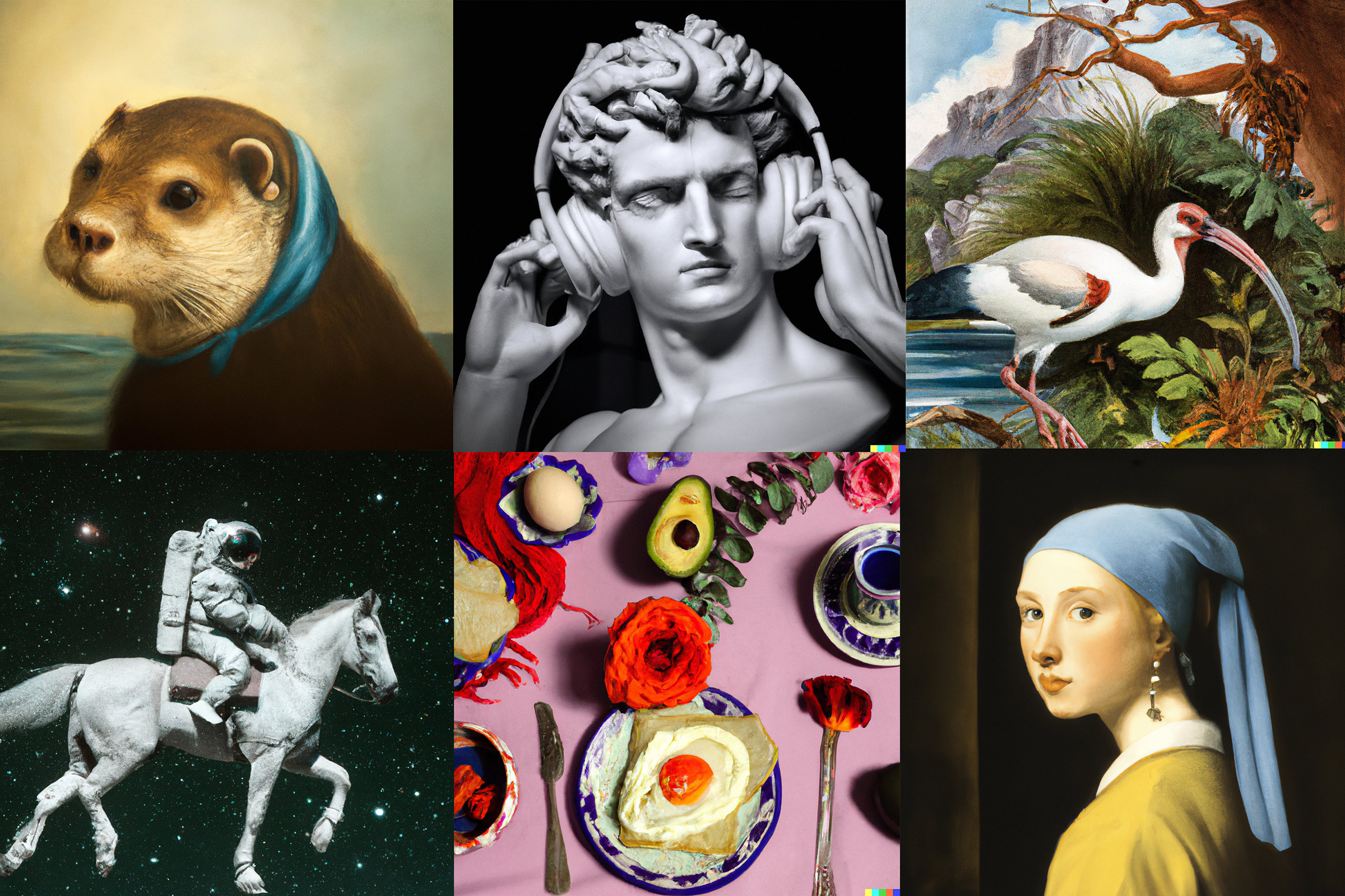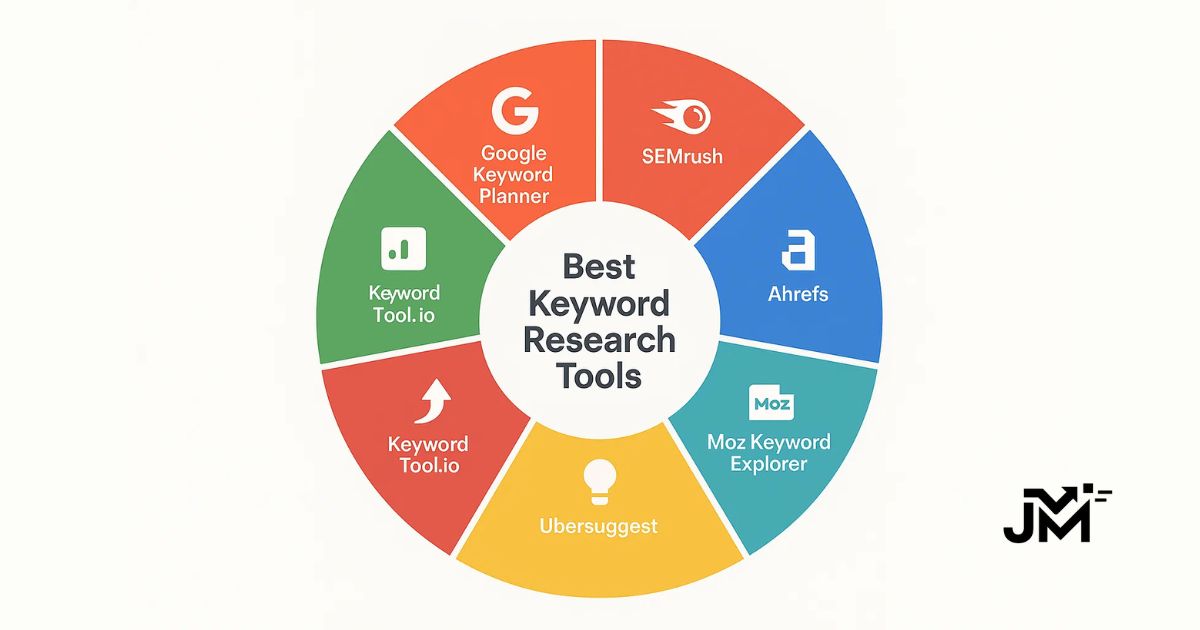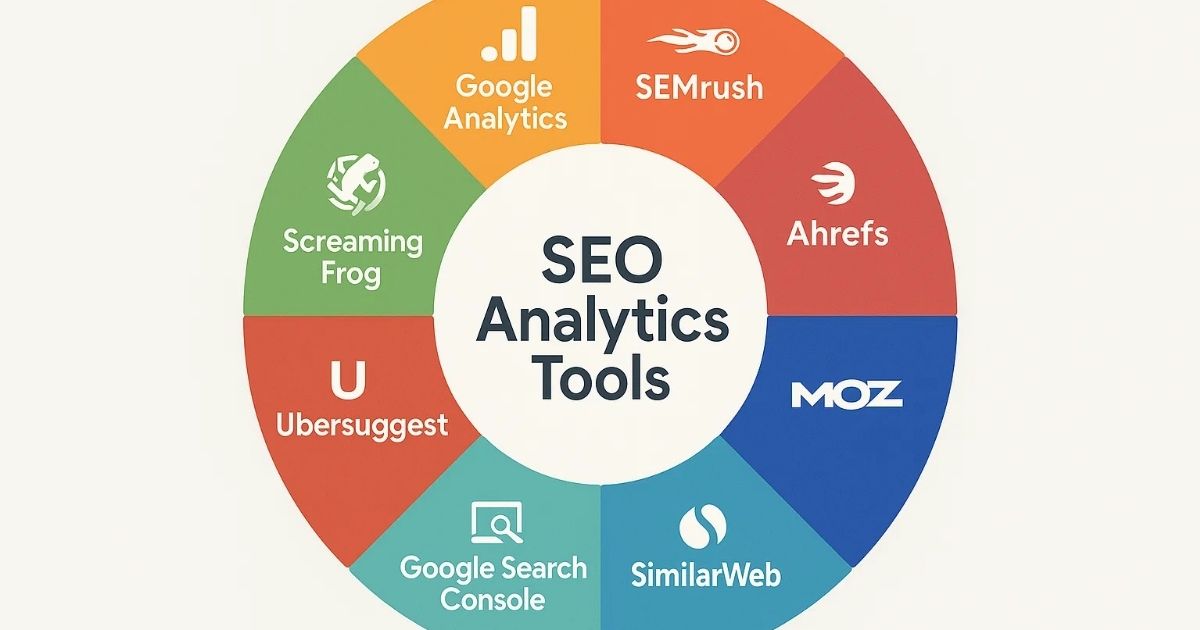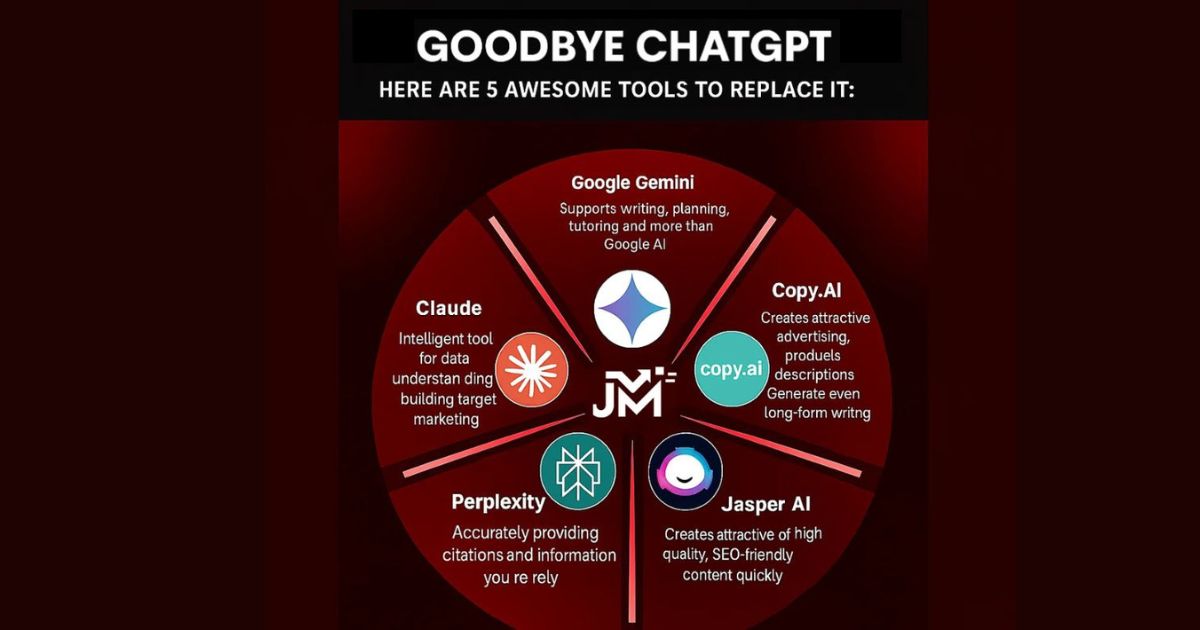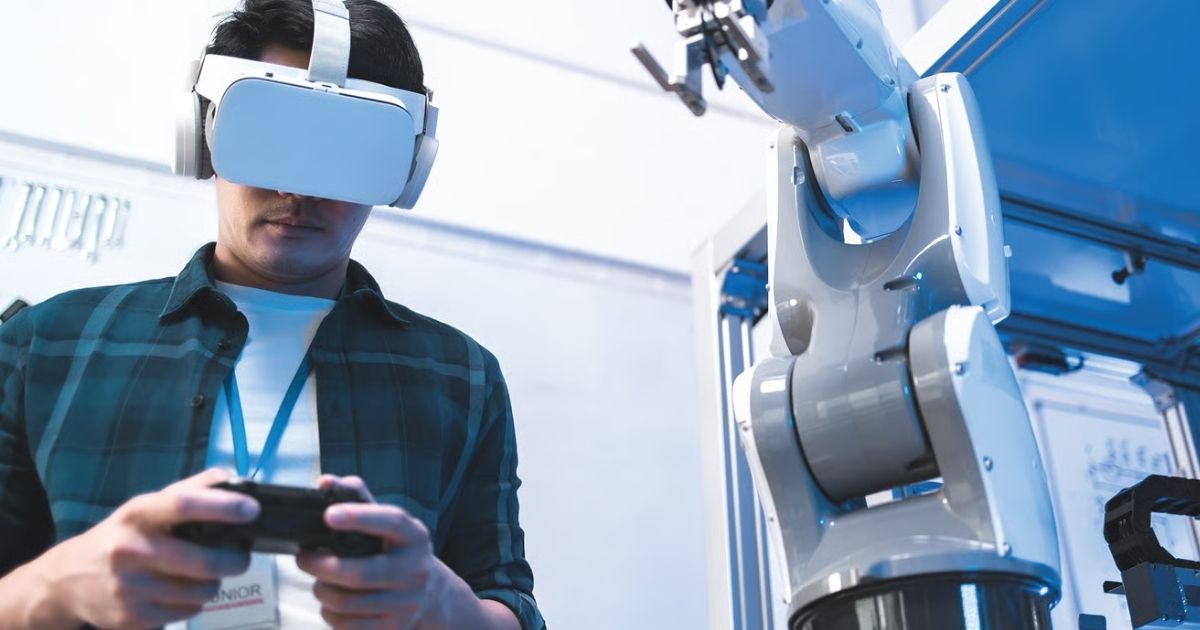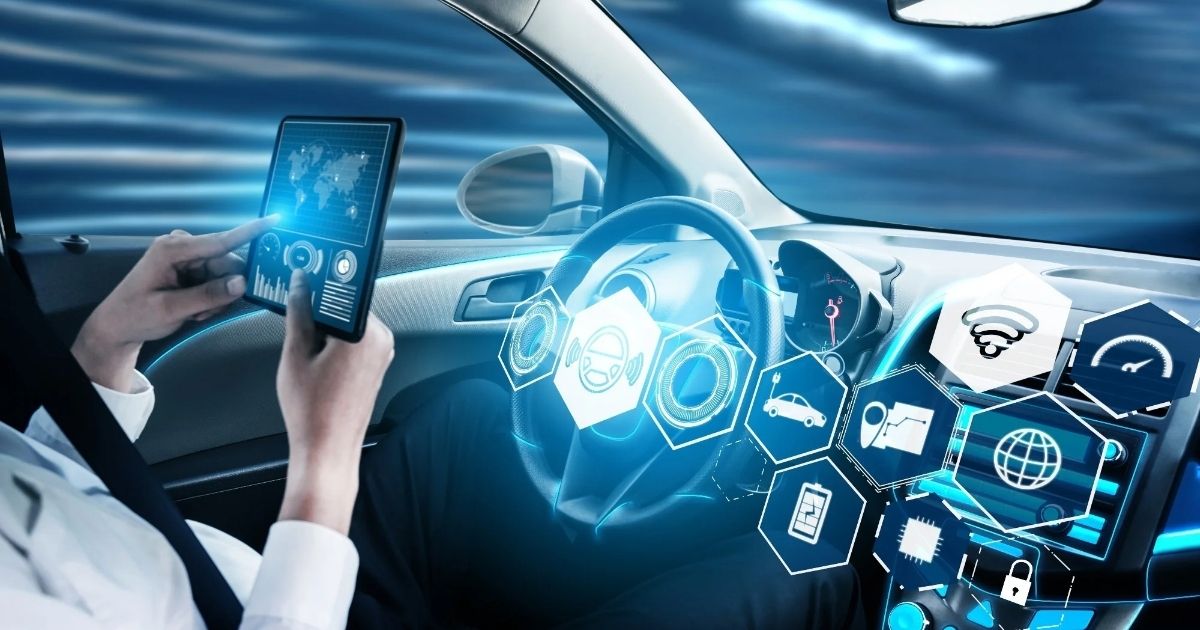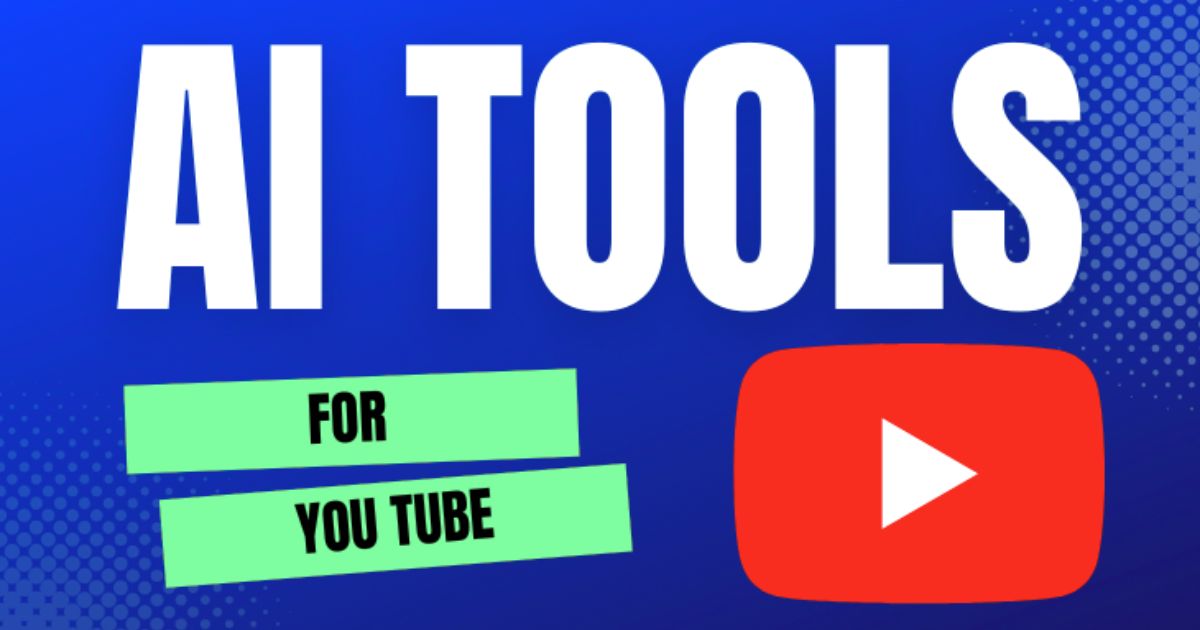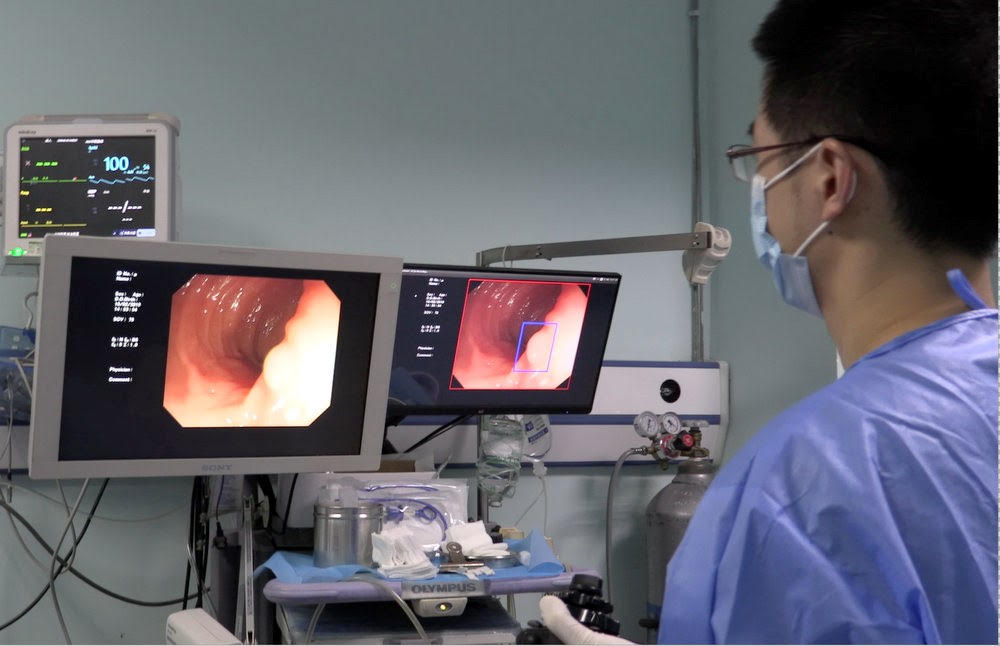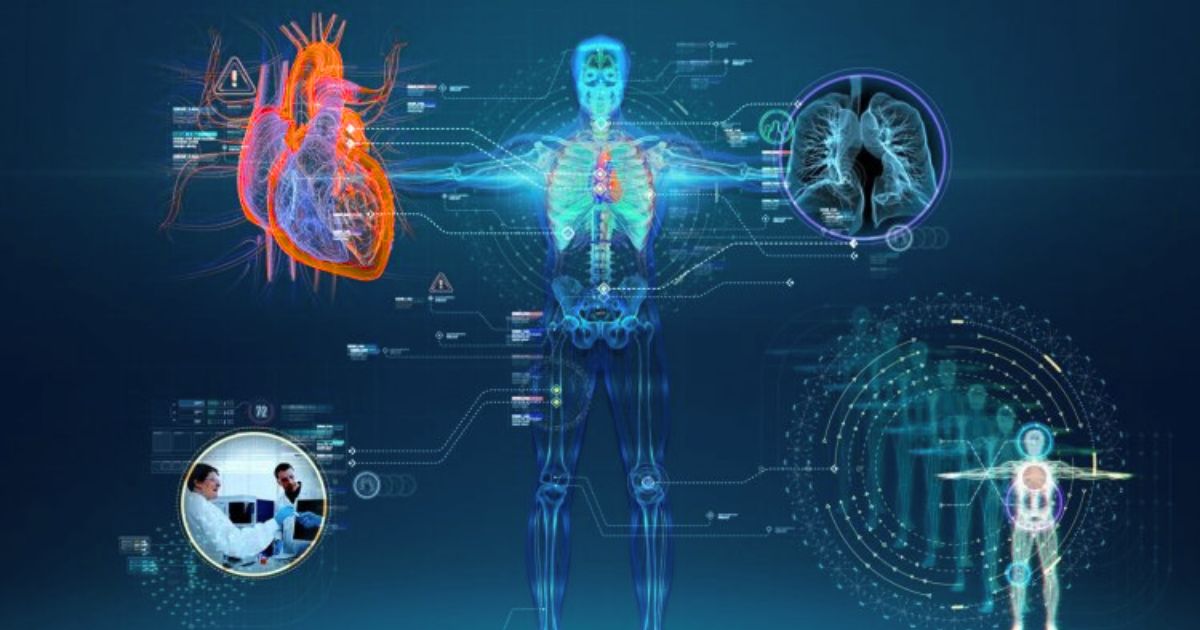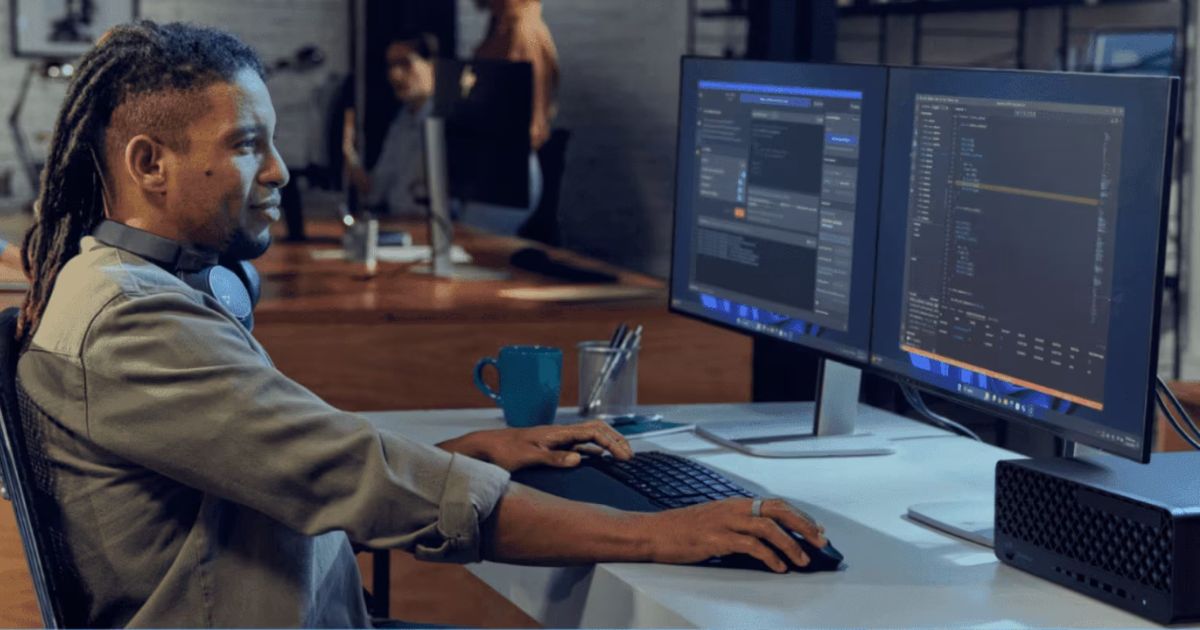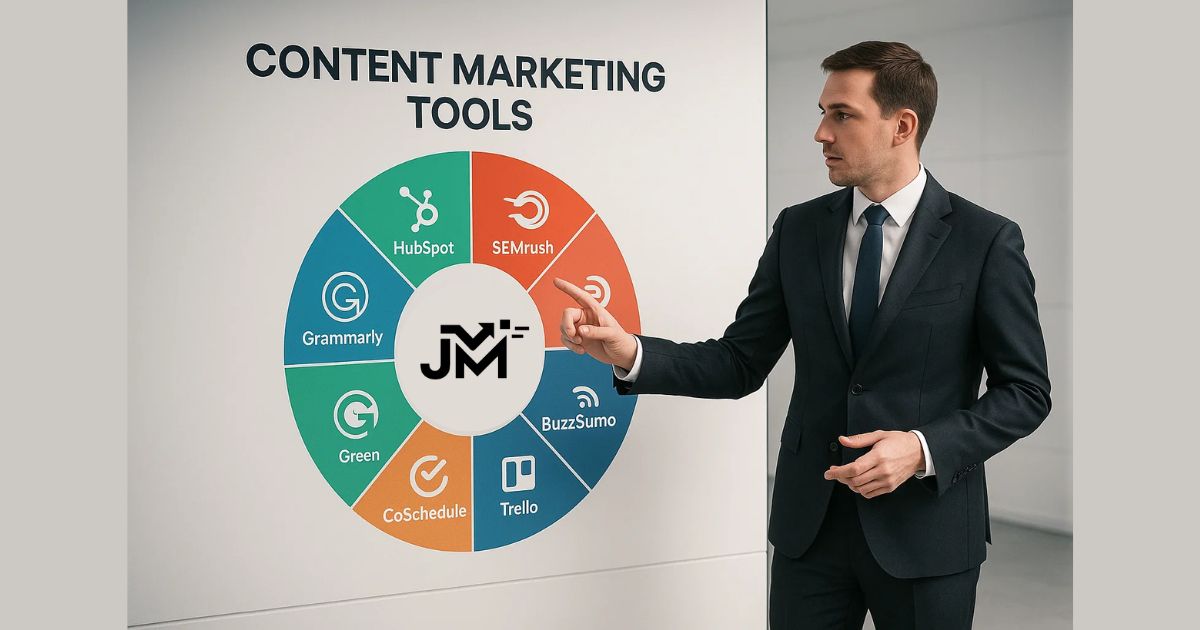DALL-E 2 is one of the most impressive and controversial AI tools to emerge in recent years. As an AI system that can generate realistic images from simple text prompts, it has the potential to reshape creative industries and how we think about art. However, its abilities also raise important questions about AI safety, copyright, and the future of human creativity. In this article, I will explore my experience using DALL-E 2 and evaluate both its capabilities and limitations.
How DALL-E 2 Works
DALL-E 2's abilities are made possible through the integration of several powerful AI models and techniques:
CLIP
Contrastive Language-Image Pretraining (CLIP) is a neural network trained on 400 million image-text pairs. It learned relationships between images and text captions so it can understand visual concepts from language. CLIP acts as the "interpreter" that allows DALL-E 2 to comprehend text prompts.
Prior Model
Once it receives a text prompt via CLIP, DALL-E 2's prior model generates an initial probabilistic sampling of the space of possible images. This helps the system conceptualize what type of image may align with the prompt.
Decoder Diffusion Model
Here is where the magic happens. DALL-E 2's decoder diffusion model, called "unCLIP", uses generative methods like diffusion to take the initial sampling from the prior model and manifest a photorealistic image. It does this by iteratively "noising" and "denoising" the image until the final high resolution output is produced.
By combining CLIP's language understanding, the prior model's conceptual mapping, and unCLIP's generation abilities, DALL-E 2 can match text prompts with visually coherent scenes in ways that seem fluidly human-like. Multiple networks work together to fulfill language-based image requests. This integrated technique is what allows DALL-E 2 to demonstrate such uniquely human creative faculties through code.
My Experience Using DALL-E 2
I was impressed by the variety and quality of images DALL-E 2 could produce from my text prompts. With prompts like "wolves howling at the full moon" or "Shiba Inu dog wearing a beret and black turtleneck", I received multiple high resolution images that matched the descriptions well.
I was also able to edit existing images or combine multiple concepts. However, some prompts like "100 frogs in Roman armor" failed to generate satisfactory results.
The Pros
Produces photorealistic, high-resolution images quickly
-
DALL-E 2's images are incredibly high-fidelity, often indistinguishable from photos. It can generate 1024x1024 images.
-
The time taken (usually seconds) is vastly faster than a human could hand-draw or photoshop such high-quality imagery.
Can understand complex prompts and concepts
-
It comprehends abstract ideas, multistep prompts ("a dog chasing a ball on a beach"), and subjective concepts ("joyful painting of...").
-
DALL-E 2 seems to have an intuitive grasp of visual semantics that allows for complex imagery based on brief text.
Allows for image editing and combining multiple ideas
-
Users can edit existing creations by typing additional prompts.
-
Complex images merging landscapes, objects, characters, and styles can be crafted by chaining together simple editing commands.
Democratizes creative ability by removing technical skill barriers
-
Anyone can generate sophisticated art without artistic training or tools like Photoshop due to its simple text-based interface.
-
This lowers the entry barrier to visual creativity which was traditionally confined to skilled professionals and hobbyists.
The Cons
Prompt quality heavily impacts output quality
-
Small changes in wording, grammar, or clarity can cause significantly different results.
-
Ambiguous, vague, or nonsensical prompts may fail to generate a coherent image.
Has difficulty with compositional prompts
-
While it can render individual objects, placing diverse entities in precise spatial relations can challenge it.
-
Complex scenes involving interactions are still beyond their abilities.
Potential issues around AI safety, copyright, and impact on jobs
-
As technology advances, risks increase around misuse, deepfakes, and intellectual property violations.
-
Widespread image generation could disrupt creative fields by automating jobs like graphic/concept art.
Continues improving but still has room for progress
-
Despite progress, natural language remains a difficult challenge and full photorealism may not be achievable.
-
Further advances in generative models, additional training data, and responsible oversight are still needed.
Conclusion
DALL-E 2 demonstrates both the power and limitations of current AI. While its ability to understand language and pair it with visual concepts is impressive, important challenges around its use still need addressing. As AI systems grow more advanced, balancing accessibility, ethics, and respecting human creativity will become ever more crucial. DALL-E 2 may be a glimpse of the future, but that future is still unfolding.

